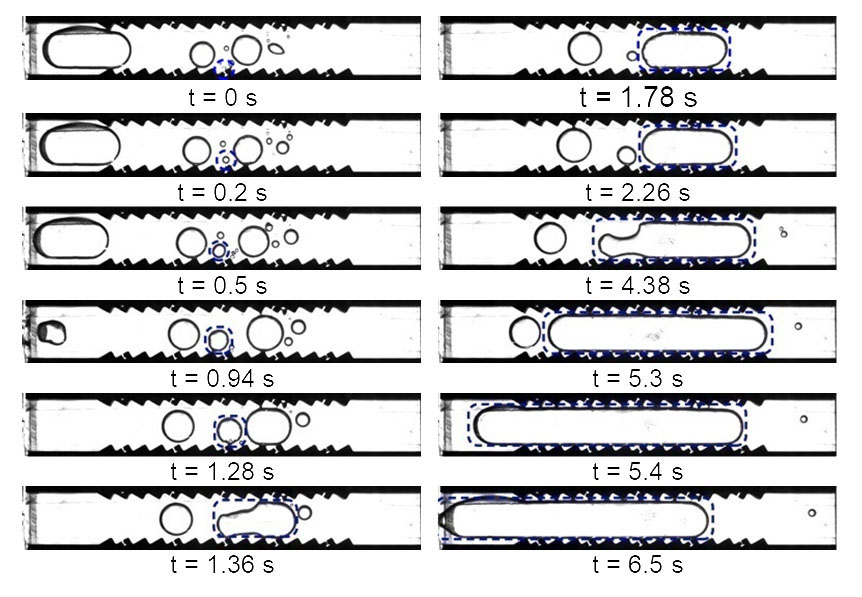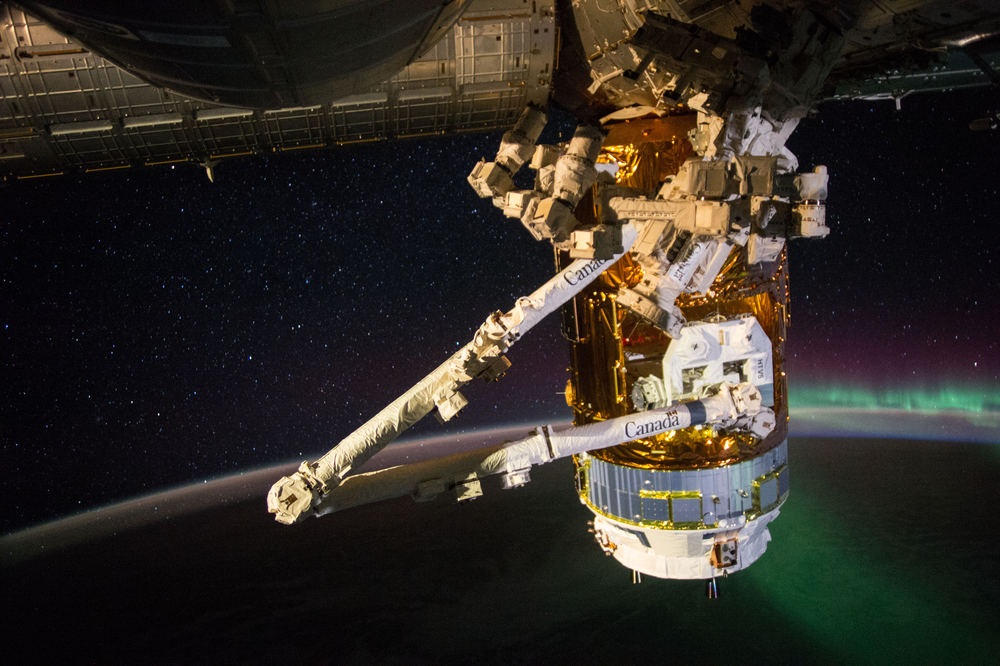Station Science Top News: March 8, 2024
Neural stem cells showed changes to energy production and consumption as well as increased breakdown of cellular components. Changes in gravitational forces induce adaptive responses in organisms and the changes observed here likely are a stress response to enhance adaptation. These results highlight the importance of ensuring that astronauts have sufficient energy available for cognitive and physiological function on future missions.
STaARS BioScience-4 examined microgravity’s effects on oligodendrocyte progenitor cells, which are precursors to a type of central nervous system cell. The process for breaking down and reusing cellular components is called autophagy and it helps cells operate more efficiently. Increased autophagy seen in these neural stem cells could be a response to their increased energy needs in microgravity.
***
Researchers found that boiling a liquid on a toothed surface in microgravity caused more bubbles to form and increased the transfer of heat. Boiling is used to cool electronic devices by passively transferring heat, but the process behaves differently in the absence of gravity. This finding provides insight that could support better methods for removing heat from electronics in space.
Increasing the features in electronic devices makes it more challenging to remove the heat that these devices generate. Cooling systems using boiling are less efficient in microgravity because, in the absence of the force of buoyancy, bubbles remain near the surface. PFMI-ASCENT (Asymmetric Sawtooth and Cavity-Enhanced Nucleation-Driven Transport) demonstrated a passive cooling system using microscopic ratchets or teeth to create more mobile vapor bubbles and increase the removal of heat from the surface.

***
A study of the spectra of heavy cosmic ray elements shows that those of iron and nickel have similar shape and energy dependence, suggesting that these metal particles are produced from and accelerated by almost identical mechanisms. These observations help scientists determine where cosmic rays come from and what path they traveled, and also contribute to the search for dark matter.
Cosmic rays are high energy particles that move through space at nearly the speed of light. Because they are charged, the magnetic fields of the galaxy, solar system, and Earth scramble their paths so that scientists cannot tell exactly where they come from. Measuring cosmic ray composition provides clues about their source and what accelerated them to such high levels, and JAXA’s (Japan Aerospace Exploration Agency) CALET (CALorimetric Electron Telescope) does this by measuring the electron spectrum. These measurements also help characterize the radiation environment that can affect crew members and equipment.

The JAXA (Japan Aerospace Exploration Agency) Kounotori 5 H-II Transfer Vehicle (HTV-5) is seen berthed to the International Space Station. The external CALorimetric Electron Telescope (CALET) experiment, which will search for signatures of dark matter, is seen being extracted from the unpressurized section by the station's robotic arm, Canadarm2, with an aurora over the Earth limb visible in the background. Credit: JAXA/Kimiya Yui
Read more here.







